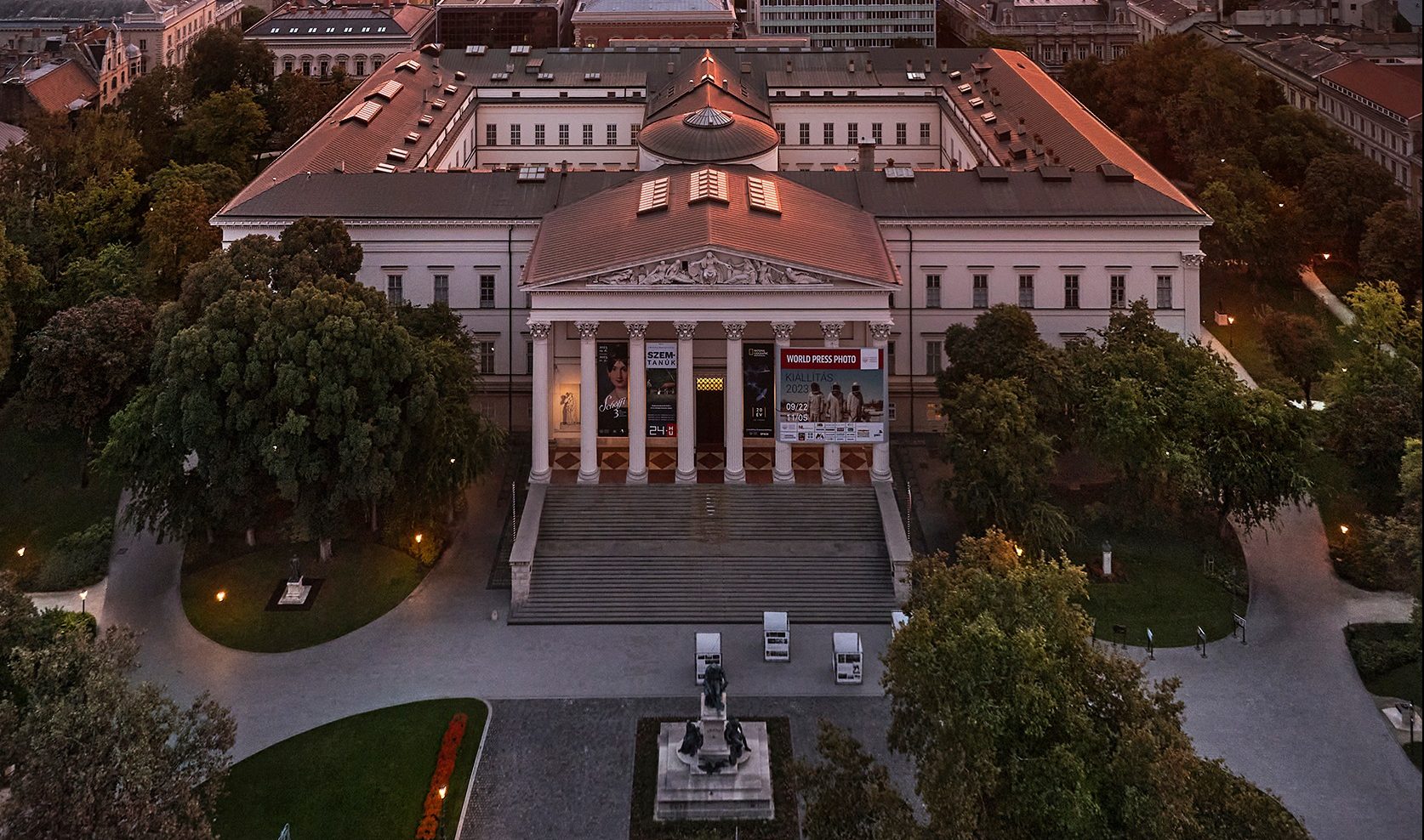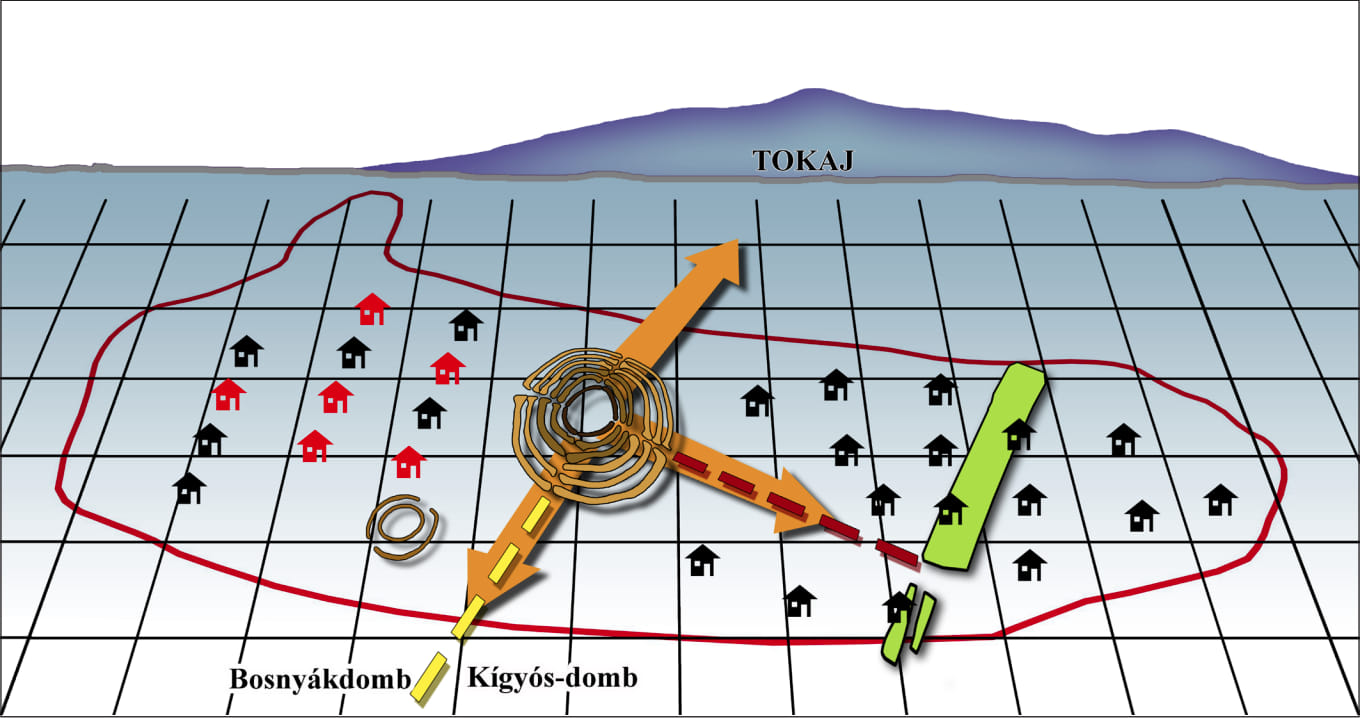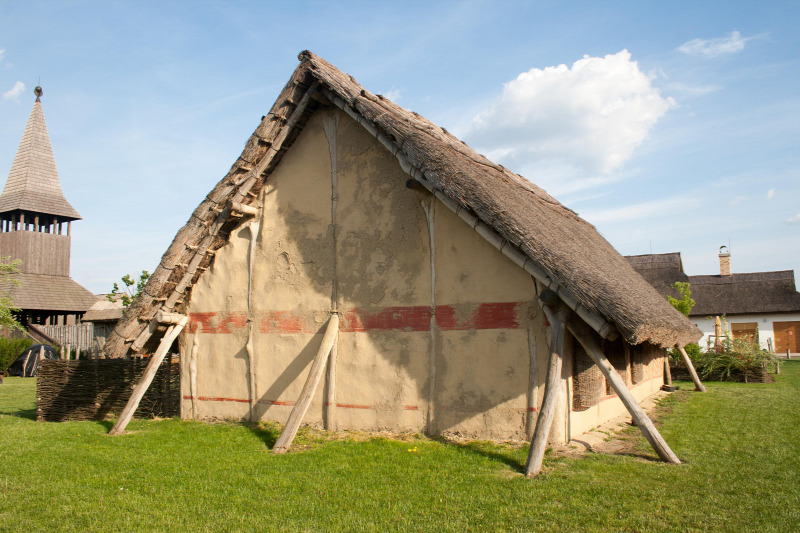As part of the collaboration, a book will be published by the Institute of Hungarian Research.Continue reading

The Hungarian National Museum has received a world-famous archaeological site as a gift from Pál Raczky, professor of the Institute of Archaeological Sciences at ELTE, located on the outskirts of Polgár-Csőszhalom (eastern Hungary).
On Tuesday, Gábor Virágos, head of the National Archaeological Institute of the museum, gave a speech and symbolically accepted the new archaeological site, which has been added to the museum’s network.
Professor Pál Raczky’s commitment to archaeology and his faith in research are reflected in the fact that twenty-five years ago he bought the land at his own expense, which is the center of the site, where he has been leading archaeological excavations in international cooperation for many years.
Virágos noted that the site will enrich the Hungarian National Museum’s range of archaeoparks, where they can not only meet their audience, but also conduct scientific research. “We would like the site to continue to function as a pillar of university education.
The excavated area can also serve as a site for experimental archaeology, hence it will also prove to be a suitable place for the scientific reconstruction of Neolithic buildings and lifestyles,”
he stressed.
Polgár-Csőszhalom is a large Neolithic site of almost 76 hectares, centered on a hill 70-75 meters in diameter, formed by layered settlement remains. The settlements probably flourished between 5000 and 4500 BC. This particular type of settlement is called a ‘tell.’

Photo via Facebook/Czene Richárd Bence
The mound is characterized by the fact that it was once surrounded by a system of circular ditches with an external diameter of 180-190 meters and four entrances facing the main cardinal points. The northern entrance was oriented towards the top of the Tokaj Hills. Similar settlement systems were common in the Transdanubian region and in Central Europe during this period.

Reconstruction of a Neolithic house. Photo via Wikipedia
Archaeological research shows that the Stone Age population of Csőszhalom produced a specific local combination of tells and ring ditch systems, two European forms of monumental communal architecture. In archaeology, this specific material, in which stylistic elements from different areas (Southern Great Plain, Transdanubia) are mixed, are categorized as the Csőszhalmi Group.
A contiguous part of the extensive settlement surrounding the mound, covering 34,000 square meters, has also been excavated. Here, 80 large houses, 68 wells, 238 rubbish pits, 124 graves, and a wealth of artifacts have been uncovered.
Taken together, they provide one of the most representative pictures of life in Neolithic settlements in the Carpathian Basin.
The mound was a special site, almost a cathedral, with communal and ritual functions within this large group of settlements. Polgár-Csőszhalom’s research and the presentation of the monuments have been made possible by the cooperation of the Institute of Archaeological Sciences at ELTE, the Déri Museum, the Museum for Pre- and Early History in Berlin (Museum für Vor- und Frühgeschichte), the National Highways & Infrastructure Development Corporation, and the Hungarian National Museum.
Via MTI, Featured image via Facebook/Magyar Nemzeti Múzeum